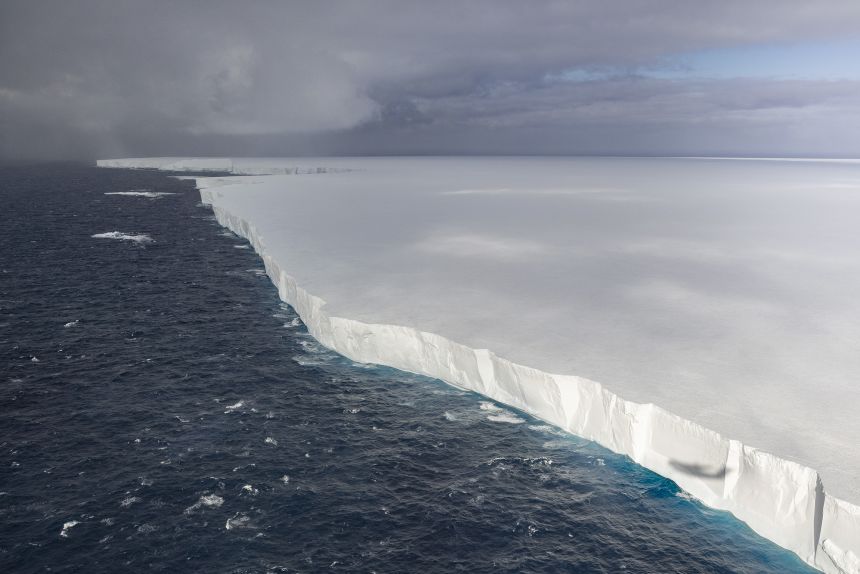The world’s largest iceberg is “rapidly breaking up” into several large “very large chunks,” scientists from the British Antarctic Survey (BAS) have said.
Previously weighing nearly a trillion metric tonnes (1.1 trillion tons) and spanning an area of 3,672 square kilometers (1,418 square miles) — slightly bigger than Rhode Island — the A23a iceberg has been closely tracked by scientists ever since it calved from the Filchner-Ronne ice shelf in Antarctica in 1986.
A23a has held the “largest current iceberg” title several times since the 1980s, occasionally being surpassed by larger but shorter-lived icebergs, including A68 in 2017 and A76 in 2021.
Andrew Meijers, an oceanographer at BAS, told CNN in an email Wednesday: “The iceberg is rapidly breaking up, and shedding very large chunks, themselves designated large icebergs by the US national ice centre that tracks these.”
The “megaberg” has now shrunk to about 1,700 square kilometers (656 square miles), according to Meijers, which equates to roughly the size of Greater London.
Continue reading the complete article on the original source



